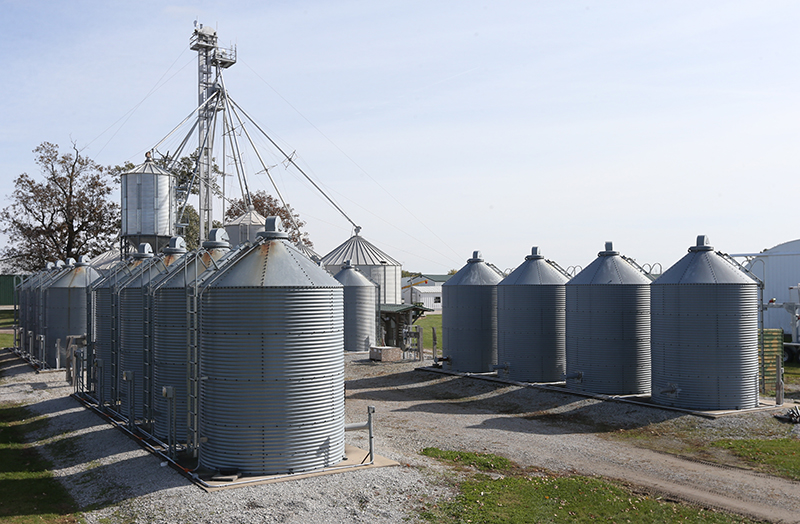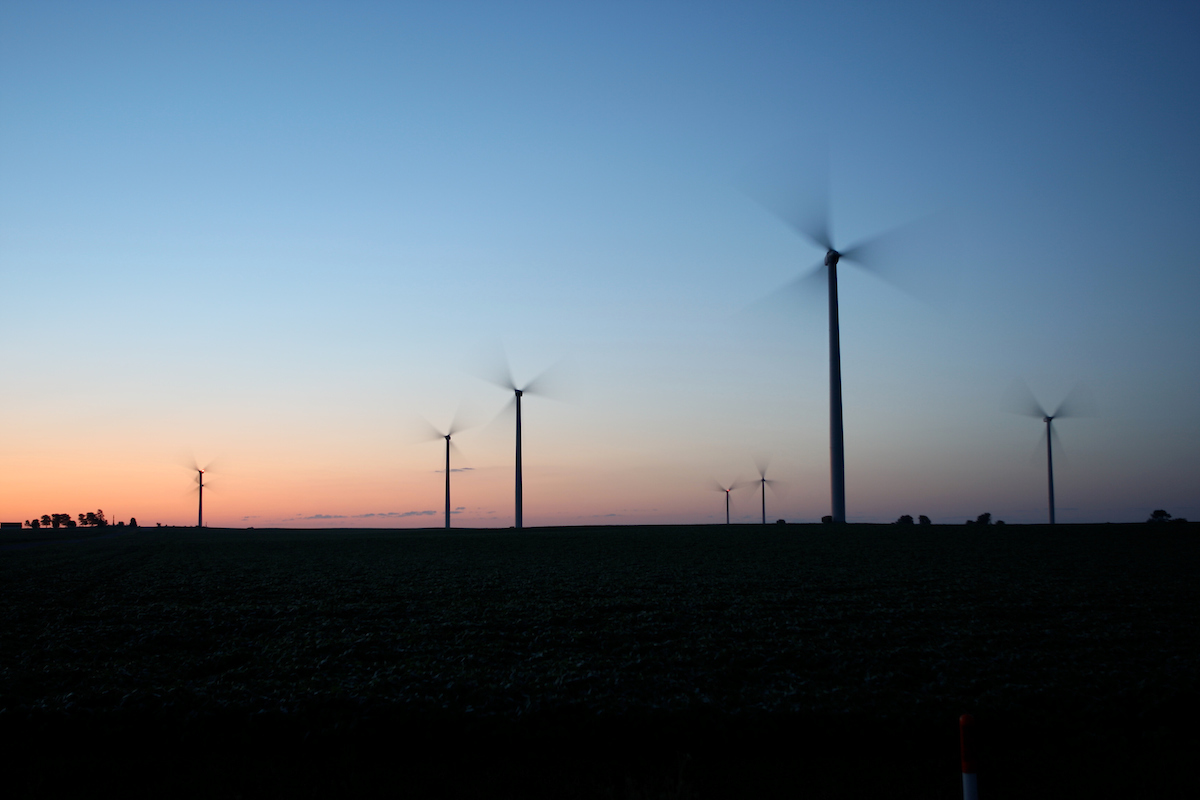No strong climatic signals for Indiana’s autumn
For both temperature and precipitation, Indiana has equal chances for below-normal, normal and above-normal conditions. Luckily, recent drought conditions that have lingered on the U.S. Drought Monitor have largely eased. The seasonal outlook for drought keeps excessive dryness out of Indiana through the end of November. Meanwhile, the El Nino we are currently in is expected to last throughout the fall, with a 95 percent chance of extending through the winter months.
The intense heat wave experienced in August left us something to remember summer by, although 90-degree temperatures remain possible in the autumn months. Martinsville had temperatures greater than 90 degrees on four days in the last 10 years, while South Bend exceeded the threshold on five dates, and Evansville exceeded 95 degrees on five dates.
With equal chances of below-normal temperatures over the September-October-November period, the chance of an early freeze in October is also possible. Most of the state received a killing frost the morning of October 9 last year, with a subsequent event on October 20 taking out any remaining susceptible plants. For much of the state, the first event was anywhere from one to three weeks early. An early freeze is certainly possible this year although an unusually late one is equally possible. Halloween forecasts should not be trusted until the week prior to the holiday.
As of this writing, none of the state is in drought, although abnormally dry conditions linger in areas. A return to some drought conditions is certainly possible, especially when considering long-term climate change trends increase the likelihood for less precipitation in autumn. Luckily, the national Climate Prediction Center Drought Outlook does not include any real persistence for drought, should it appear. Drought is predicted to persist in states to our northwest, including Wisconsin, Minnesota and Iowa. This trend may create some blocking for fronts proceeding across the nation, allowing for the inability of some systems to pick up enough moisture to deposit that precipitation in Indiana.
Potentially counter-balancing that effect is the prediction for a more active hurricane season, which traditionally persists until the end of November. Indiana, particularly southern and eastern Indiana, has a history of getting a precipitation event or two, particularly from tropical storms that aim for the western side of the Gulf of Mexico. The unusual warmth observed in the Gulf of Mexico this year may intensify any tropical disturbance that encounters those waters.
The presence of an El Nino has a significant effect on Pacific Northwestern and Southeastern U.S. weather. In the southeast, warm and wet conditions prevail, while the Pacific Northwest trends warm and dry. That signature shows on the three-month outlook for autumn, but Indiana does not tend to get much of a trend in any direction either in the autumn or the winter during an El Nino year. Instead, watching the oscillations that occur on shorter time scales, such as the Arctic or North Atlantic Oscillations, may determine large shifts in temperature or precipitation more closely. For more information, please contact the Indiana State Climate Office at 765-494-8060 or hschmitz@purdue.edu.


